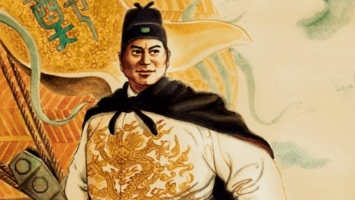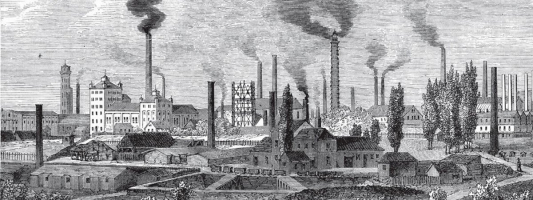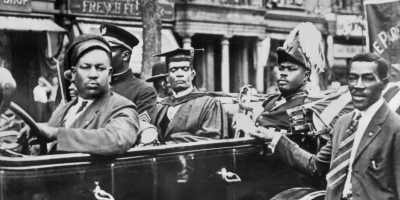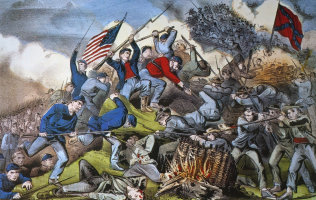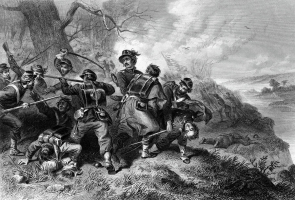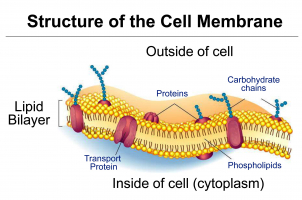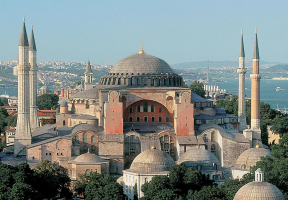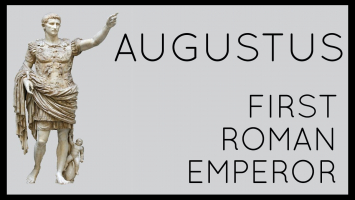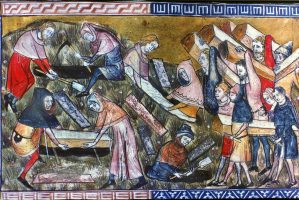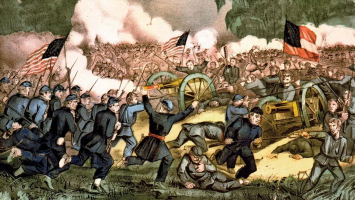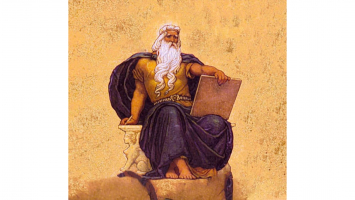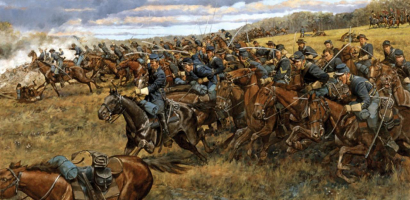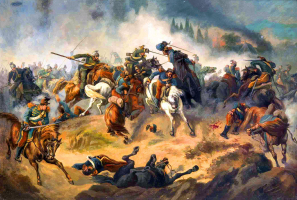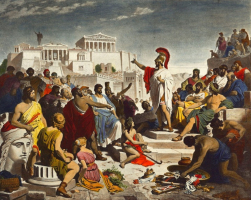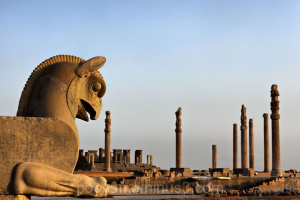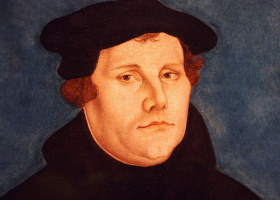Top 10 Facts About The Great Egyptian Pharaoh - Ramses II
The ancient Egyptian pharaoh Ramses II ruled in the 13th century BC. Ramesses the Great is another name for him. He was Egypt's third pharaoh, ruling over the ... read more...19th dynasty. Ramses I reigned from 1279 to 1213 BC and died at the age of 90, making him one of the most famous pharaohs of the New Kingdom. He is remembered for leading ferocious expeditions against his foes. Although Ramses II was a prominent person in Egyptian history, little is known about his life. Here are the top ten facts about the great Egyptian pharaoh - Ramses II that you should know.
-
One of these facts about the great Egyptian pharaoh is Ramses II was not next in line to the throne. This magnificent pharaoh is also famous for his large number of wives and children. While historians are unsure of the actual number, they believe it to be about 162. Amun-her-khepeshef (Nefertari's firstborn), Ramesses, Merneptah, Meritamen, Nebettawy, Khaemweset, and others are among the known children.
It was his third son, not his first, who took over as his immediate successor. Ramses reigned for 66 years, outliving several of his children. Merneptah, his 13th son, was eventually chosen as his successor. He was also 60 years old.
Ramses II was born into a typical Egyptian household about 1303 BC. Pharaoh Sethi, I, and Queen Tuya had a son named Tuya. Ramses was called after his grandfather Ramses I, who used his military prowess to elevate their non-royal family to monarchy.
His father schooled him and prepared him to become Egypt's leader, but he was not the only one who received this preparation. He had an older brother who was first in line to the throne, and his brother was made prince as the pharaoh's eldest son.
Ramses had an older brother who was in line to succeed him as Pharaoh at the time. Ramses, on the other hand, died when he was around 14 years old. As a result, Ramses II was promoted to second-in-command during his father's military conquests and was in line to succeed his father as Pharaoh of Egypt.
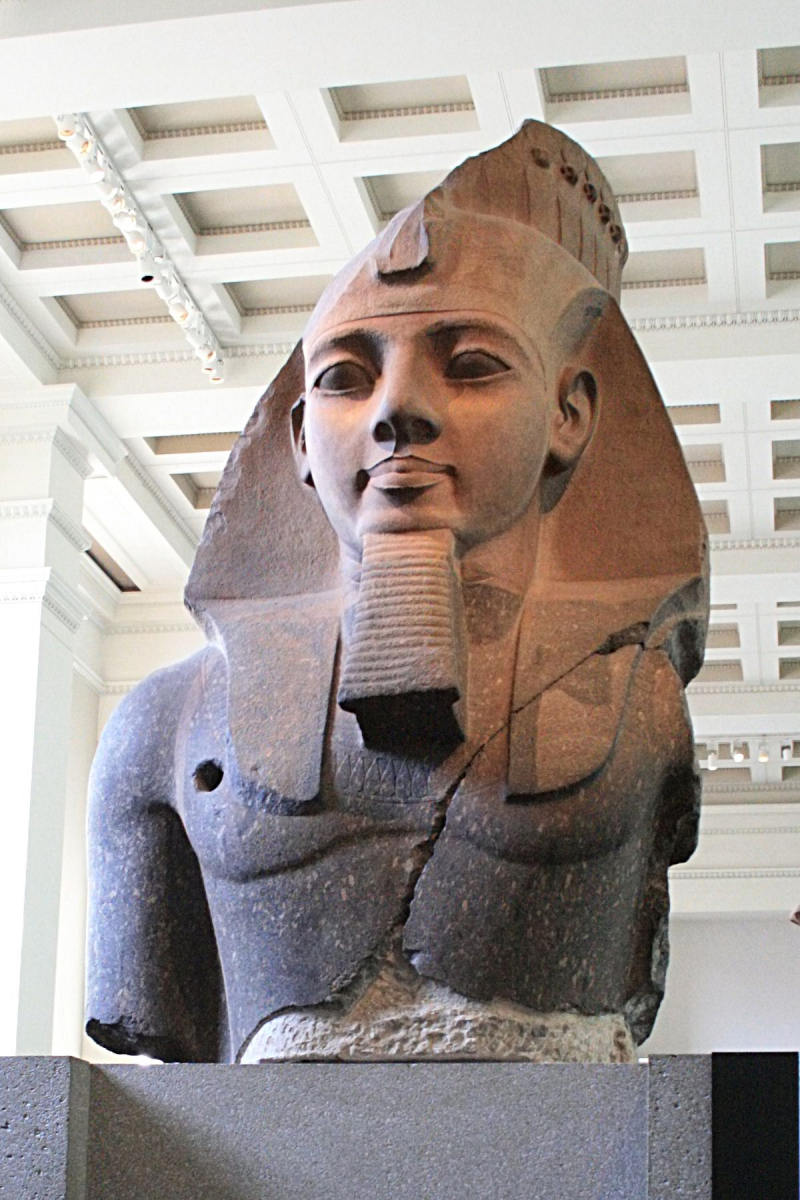
Photo: https://en.wikipedia.org/ 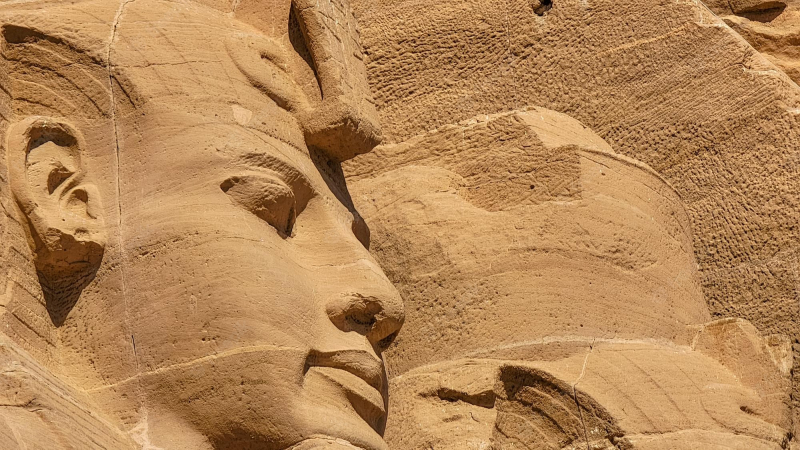
Photo: https://www.freepik.com/ -
Ramses was only 25 years old when he has crowned Pharaoh of Egypt after his father's death in 1279 BC. He is well-known for having a commanding presence in the Egyptian army. As a result, he was able to conduct deadly wars against the Nubians, Syrians, Libyans, and Hittites to defend Egypt's frontiers.
In 1281 BC, the Sherden sea pirates posed a serious threat to ancient Egypt's marine trade, which was seriously harmed by the fear that these pirates imposed. Ramses decided to put a stop to it.
With remarkable chivalry and a brilliant strategic strategy, Ramses vowed to put a stop to it. Ramses II fought the Sherden sea pirates, who were creating havoc along Egypt's Mediterranean coast by attacking cargo-laden ships traveling the sea routes to Egypt, in his second year. The Sherden people are thought to have originated near the coast of Ionia, in southwest Anatolia, or on the island of Sardinia. Ramses strategically stationed men and ships around the coast, patiently waiting for the pirates to attack their perceived target before catching them off guard in a sea battle and capturing them all in one action. As their boats got closer, they were caught off guard and embroiled in a furious sea-fight.
He terminated the rule of the Sherden sea pirates with a strategic plan and great chivalry, receiving tremendous acclaim and increasing his popularity among his courtiers as a result.
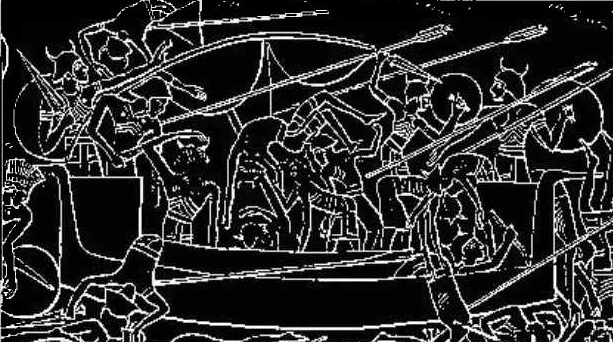
Photo: https://en.wikipedia.org/ 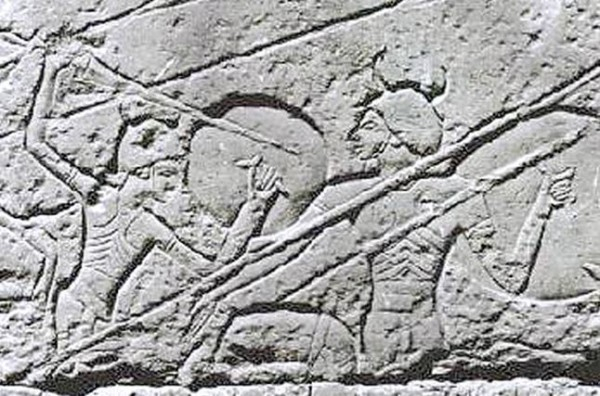
Photo: https://www.warlordgames.com/ -
Ramses II assisted his father with his military adventures after becoming prince regent, and by the age of 22, he was commanding the Egyptian army. It is well known that as a young pharaoh, Ramses II waged severe battles against the Hittites, Nubians, Libyans, and Syrians to defend Egypt's frontiers.
Even as a monarch, he was known for his outstanding military achievements. His command of Egypt's army was impressive. He commanded a tiny troop against the Hittites while he was young, and fought one of history's earliest wars.
Even though the Battle of Kadesh lasted a long time, it did not result in a decisive victory. Ramses II commanded a force of 20,000 troops and 5,000 chariots against the formidable Hittite army. Ramses battled valiantly, narrowly avoiding death on the battlefield to recapture the provinces he had lost to his foes. It is unclear if the conflict was won or lost. Ramses, on the other hand, emerged as the hero of the day.
As the third pharaoh of the 19th dynasty in Egypt, Ramses is remembered as one of the bravest and most brilliant battle heroes in history. During his long reign, he made significant military advancements and vastly expanded Egyptian territory.
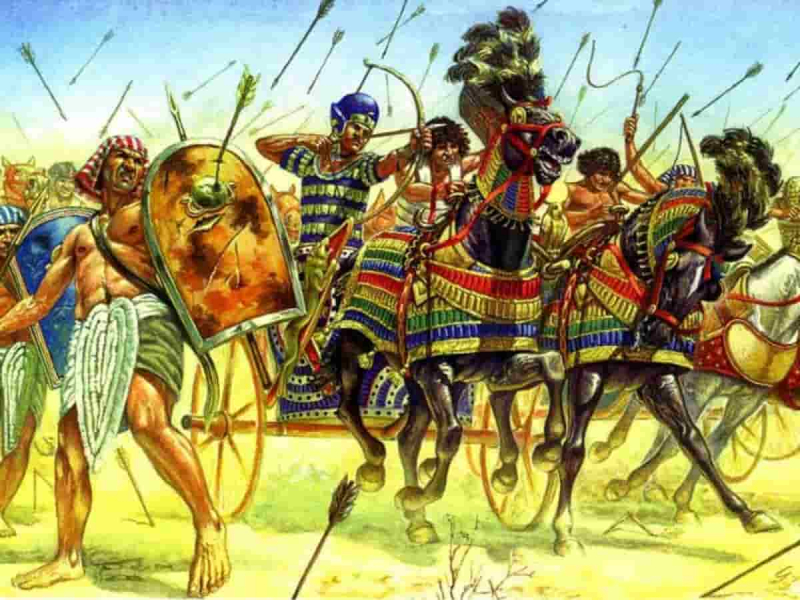
Photo: https://www.cleopatraegypttours.com/ 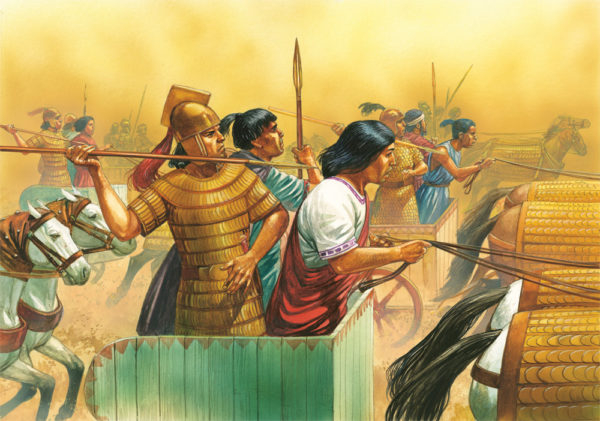
Photo: https://www.warlordgames.com/ -
Ramses II had a strong interest in architecture. Several structures, monuments, and temples were created and rebuilt throughout his long reign. During his rule, there were several architectural triumphs in terms of diversity and design.
The massive temples of Ramesseum and Abu Simbel were two of the monumental achievements that he oversaw. In terms of size, design, and complexity, each of these temples represents a new architectural style. The gigantic statues of Ramses, which were common to both temples, were the temples' distinguishing features.
The Ramesseum temple, which was built on the banks of the Nile River and served as Ramses' mortuary temple, was dedicated to him. Abu Simbel was built in Nubia, Egypt's southernmost province, and its splendor may still be seen today.
There are four huge figures of Ramses II sitting on a throne at the entrance to Abu Simbel. Each of these sculptures is approximately 66 feet (20 meters) tall, and three have stood the test of time. The fourth figure, on the other hand, has been severely damaged. The temple is currently well-protected and a popular tourist destination.
Because he celebrated approximately 14 "Sed festivals" during his reign, his monuments were built alongside the temples. The Sed festival was held every three years after that to commemorate the jubilee year of 30 years in power. Ramses was made an Egyptian god after reigning for 30 years, according to tradition.
Ramses also constructed a new ancient Egyptian capital city in addition to these temples. Pi-Ramesses was the name of the capital. The city thrived under his leadership, and the infrastructure was superb. The capital, unfortunately, did not stand the test of time, and its beauty was lost when the people abandoned it.
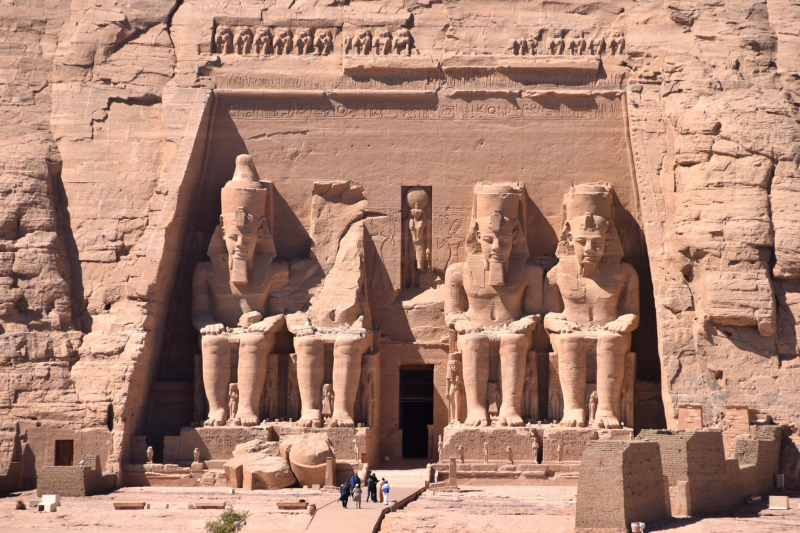
Photo: https://www.worldhistory.org/ 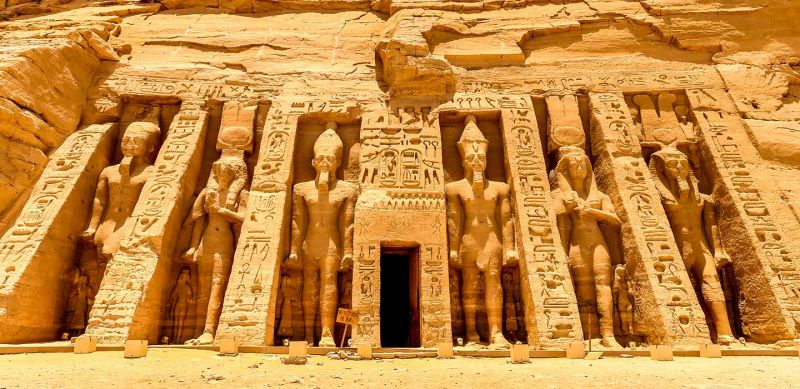
Photo: https://www.memphistours.com/ -
One of these facts about the great Egyptian pharaoh is he was one of the longest-reigning Egyptian pharaohs. At the age of 14, Ramses was made prince, and at the age of 25, he ascended the throne. He ruled for 66 years and two months, from 1279 BC to 1213 BC, and lived to be 90 years old.
Sed festivals were jubilees held in ancient Egypt once a pharaoh had reigned for thirty years, and then every three years thereafter. Ramses was ritually converted into a god during the Sed festival in the 30th year of his reign, according to tradition. During Ramses II's 66-year rule, an unprecedented 14 sed festivals were held. After Pepi II Neferkare, he is regarded as the second-longest reigning pharaoh of ancient Egypt.
Ramses' reign came to an end in the same way that all good things do. He died of "Arthritis" at the age of 90 and was buried in KV7 in the Valley of the Kings on the western bank of Thebes. Ramses was a strong leader and a powerful monarch who was lauded across the world for increasing and sustaining the Egyptian kingdom's boundaries. In ancient Egypt, he had one of the longest reigns of any king. Merneptah, his 13th son, succeeded him. Merneptah was about 60 years old when he succeeded Ramses to the throne.
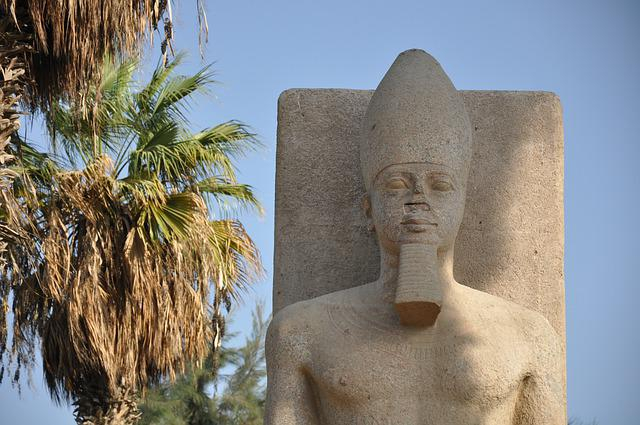
Photo: https://pixabay.com/ 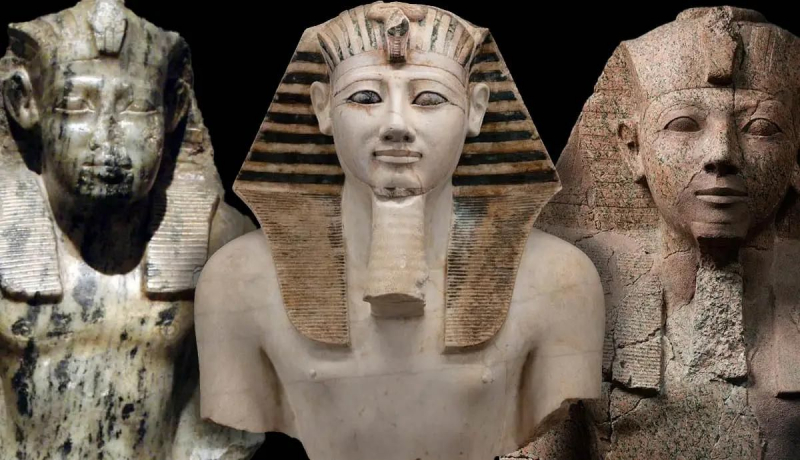
Photo: https://www.thecollector.com/ -
In the nineteenth century, the idea of signing a peace treaty became popular. Pharaoh Ramses II, on the other hand, was far ahead of his time. He was the third pharaoh of ancient Egypt and one of the world's first rulers to sign a peace pact. Indeed, the peace deal he made with the Hittites is the world's oldest known peace treaty.
Ramses II waged military campaigns against the Hittites in the eighth and ninth years of his reign, successfully capturing the cities of Dapur and Tunip, the first Egyptian pharaoh to do so since Thutmose III some 120 years before. Egypt, on the other hand, was unable to keep control of the cities.
Since the Battle of Kadesh did not conclude in a decisive victory, the two countries remained on the verge of war for several years. Finally, in 1258 BC, Ramses agreed to sign and follow one of history's first major peace treaties with the Hittites. As a result, he became the world's first ruler to sign a peace treaty. Throughout the rest of Ramses' reign, he was also successful in establishing a calm northern frontier. The treaty's specific details are unknown, although it is stated that the Hittites stayed out of Egyptian territory and upheld the agreement.
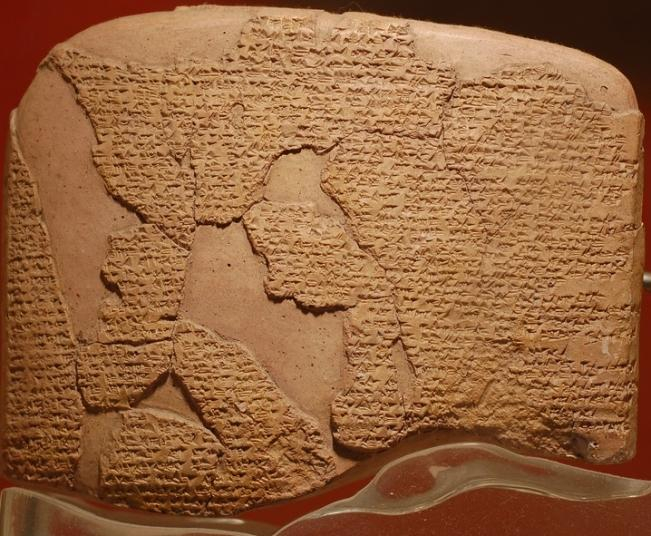
Photo: https://www.nogrella.com/ 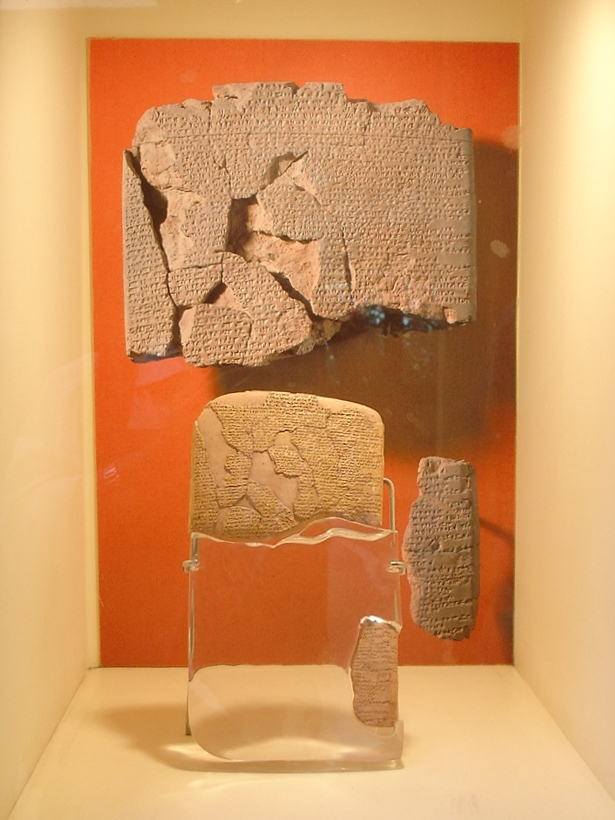
Photo: https://joyofmuseums.com/ -
Ramses II's mummy was kept in the Valley of the Kings after he died at the age of 90. He was thought to have suffered from arthritis and other ailments near the end of his life. Ramses had a beautiful tomb, just like his adored wife's, but it came at a price, and the mummy was eventually transported to another location to keep it secure from robbers.
In 1881, it was unearthed in a hidden royal stash in Deir el-Bahri. The famous pharaoh's mummy was then moved to the Egyptian Museum in Cairo in 1885, where it remains as of 2007. According to extensive research, the great pharaoh possessed keen features, including a powerful jaw and a pointed nose.
Ramses' hair was likewise discovered to be naturally crimson. According to certain historians, he possessed a tall muscular stature, which may be observed in his four massive sculptures erected in Abu Simbel.
The British Museum in London has a statue of Pharaoh Ramesses II known as the Younger Memnon. This statue, which dates from circa 1250 BC, represents him as a wise ruler and a legendary warrior.
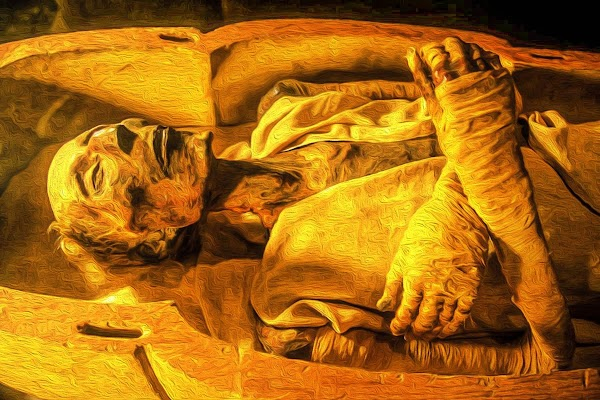
Photo: https://opensea.io/ 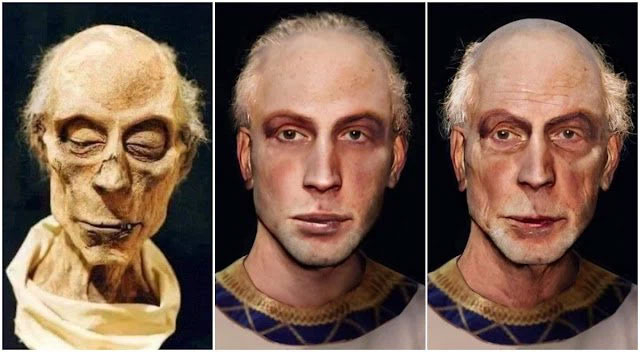
Photo: https://khoahoc.tv/ -
Ramses II relocated his kingdom's capital from Thebes in the Nile valley to Pi-Ramesses in the eastern Delta. The reason for the change of capital was most likely because it was considerably closer to Egypt's Asian vassal nations and the hostile Hittite empire. Pi-Ramesses grew to be one of ancient Egypt's largest cities, flourishing for a century after Ramses II's death.
The new city of Pi-Ramesses (or Pi-Ramesses Aa-nakhtu, which means "Domain of Ramesses, Great in Victory") was dominated by massive temples and his magnificent residential palace, which included its zoo. Rabbi Saadia Gaon, a Bible exegete in the 10th century AD, concluded that the biblical site of Ramesses had to be connected with Ain Shams. Due to the amount of statuary and other material from Pi-Ramesses found there, the site was misidentified as Tanis for a time in the early twentieth century, but it is now recognized that the Ramesside remains at Tanis were brought there from elsewhere, and the real Pi-Ramesses lies about 30 km (18.6 mi) south, near modern Qantir. It was home to several massive temples as well as the king's opulent presidential palace. The huge feet of Ramses II's monument are all that is left of the site today. The remainder is buried beneath the fields.
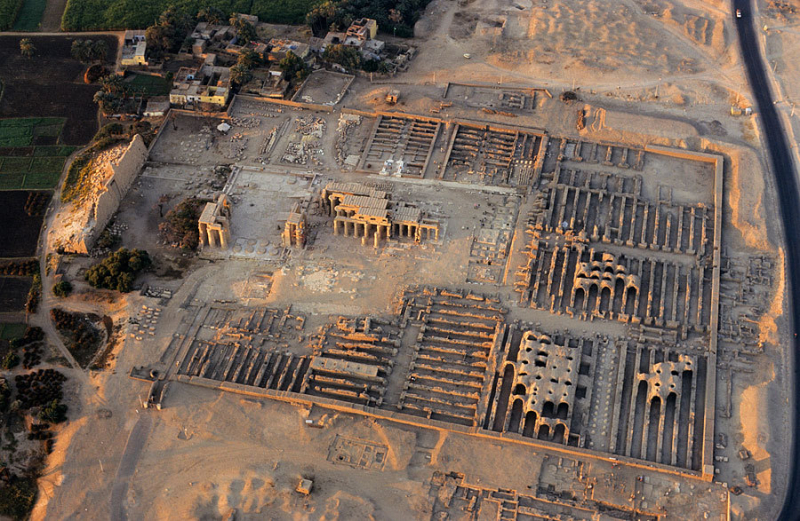
Photo: https://ramessesthesecond.weebly.com/ 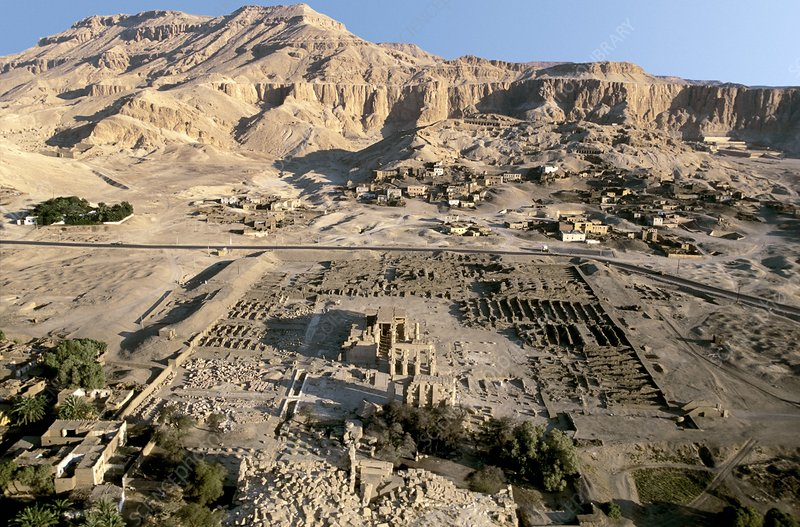
Photo: https://www.sciencephoto.com/ -
Ramses II had almost 200 concubines and wives. Nefertari, his first Royal Wife, was most certainly his favorite queen. Her tomb QV66 is the most impressive in the Valley of the Queens, with superb wall painting décor that is considered one of ancient Egypt's best achievements.
Not just for the number of wives and concubines he had, but also for the number of offspring he fathered, this great pharaoh is remembered. Historians can't be certain of the actual number, although it's probably close to 100. (between 48 to 50 sons, and 40 to 53 daughters). However, just a few of these lived, and his immediate successor was his third son, not his first. He outlived many of his offspring due to his long reign, and his 13th son eventually succeeded him.
Unlike many other pharaohs, his family is commemorated through monuments such as Nefertari's tiny temple at Abu Simbel and her large tomb in the Valley of the Queens. He also erected one of Egypt's most distinctive and largest tombs for a number of his sons near his tomb in the Valley of the Kings on the West Bank at Luxor (ancient Thebes). He had sculptures or images of his sons and daughters inscribed on a number of his construction projects around Egypt. These monuments and carvings were made to suggest his children to the gods' clemency, not to brag about his progeny's fertility. The majority of these also mentioned the name of the son or daughter.
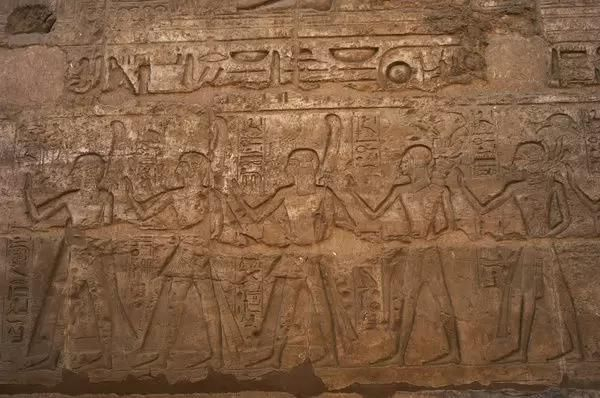
Photo: https://www.prints-online.com/ 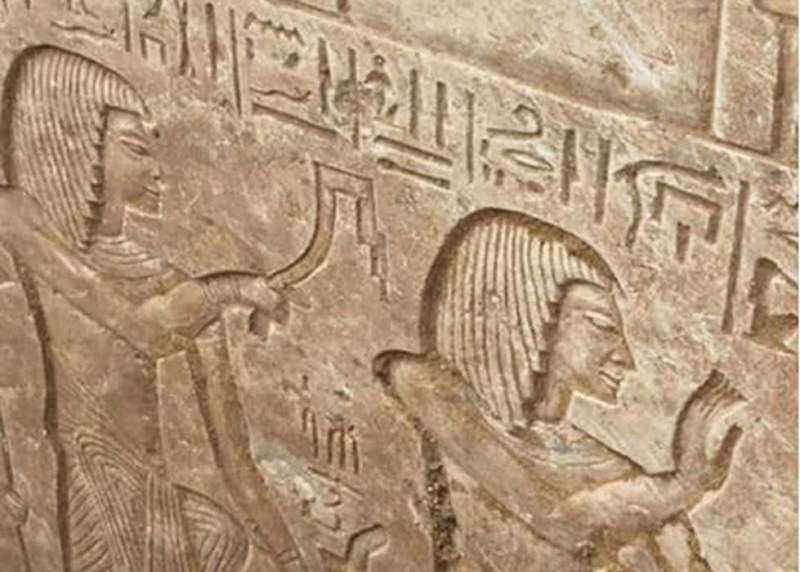
Photo: https://www.ancient-origins.net/ -
To end these facts about the great Egyptian pharaoh - Ramses II’s favorite queen was Queen Nefertari. When Ramses II was still a prince, he married two queens. Queen Nefertari was his first and most cherished wife. Ramses II is claimed to have had over 200 wives and concubines, as well as over 100 children. Regardless, it was Queen Nefertari who ruled with Ramses II. Nefertari was referred to as the Pharaoh's Royal Wife.
Queen Nefertari was one of the most renowned Egyptian queens and an iconic woman of Ancient Egypt. She was known as "Lady of Grace," "Lady of All Lands," "Wife of the Strong Bull," "Great of Praises," and many other nicknames.
Nefertari was a well-educated woman who could read and write hieroglyphs, a skill that was relatively rare at the time. Her intelligence and talent were put to good use in diplomacy, as she corresponded with other prominent royal personalities of the day. Other than the fact that she was a member of the nobility, little is known about her background.
Following her death, a magnificent tomb was built in her honor. Her tomb, the QV66, is recognized as one of Egypt's most notable examples of adorned architecture. Ramses made sure that the tomb of his loving wife was one of the most spectacular in the Valley of the Queens, with gorgeous wall carvings and paintings of the queen.
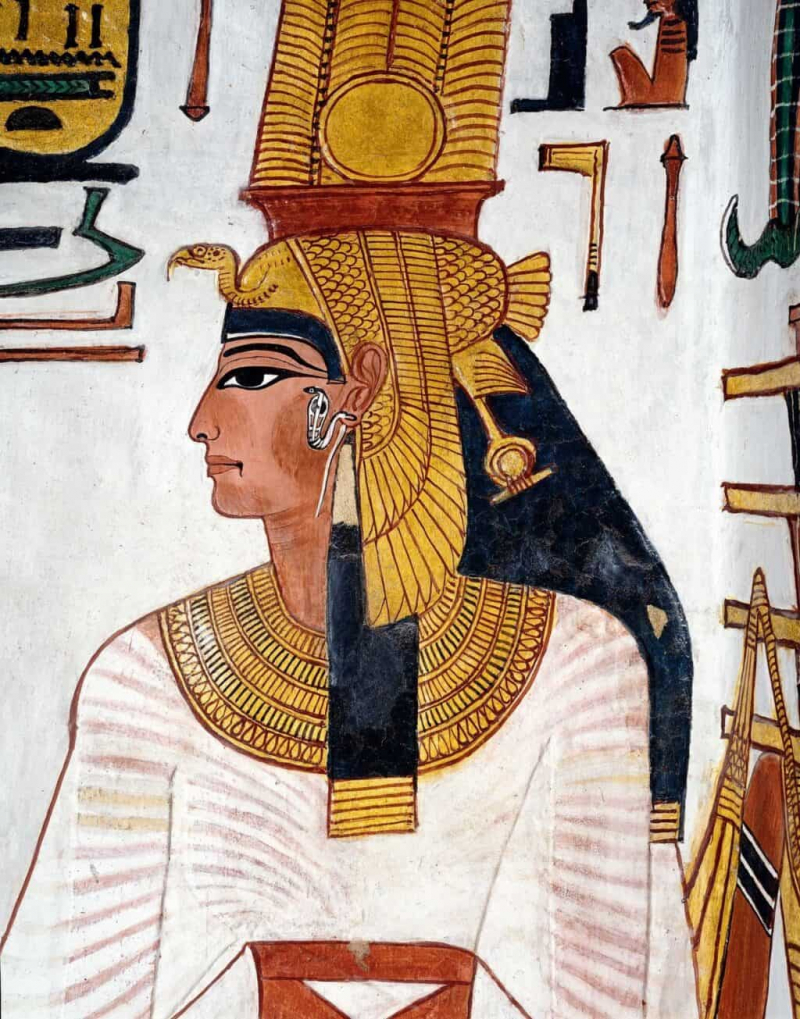
Photo: https://www.osiristours.com/ 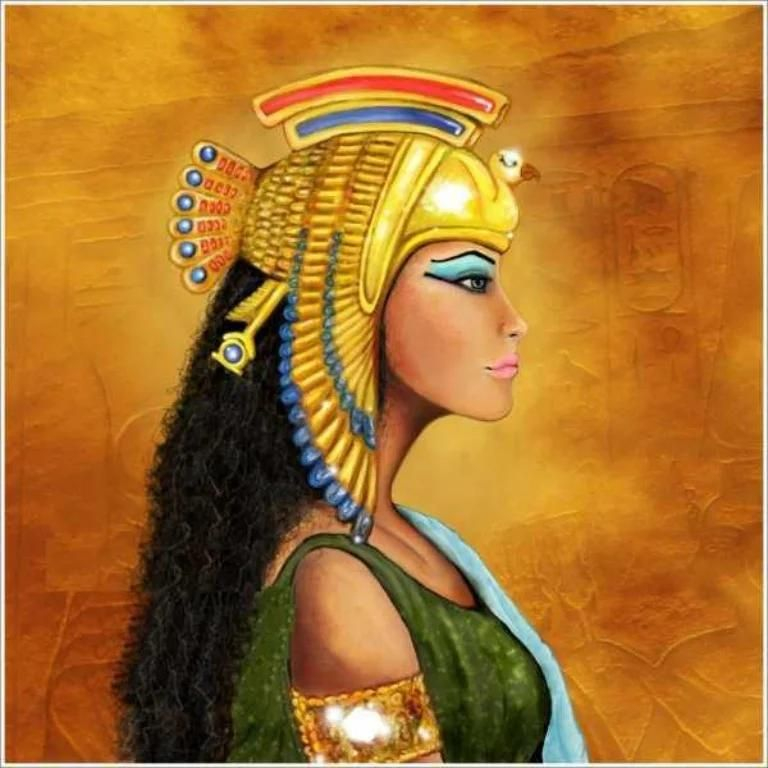
Photo: https://www.slideshare.net/












